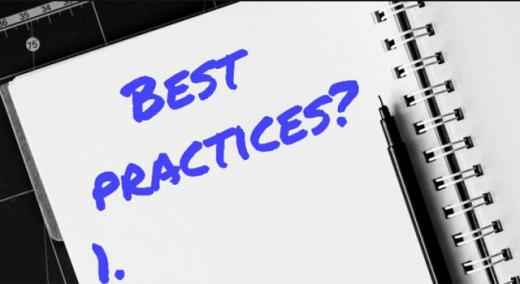Established businesses rely on so-called best practices to retain their market share by limiting risk, but what happens when an established practice isn’t actually the best way to solve a problem?
|
ADVERTISEMENT |
This philosophy lies at the core of our company, Code & Theory, and defines how we engage and operate. Instead of relying on established best practices, we have cultivated a culture that empowers our creative problem solvers and has led to countless competitive developments.
The key, we’ve learned, is to create a workplace culture that enables team members to think strategically about the best way to do something instead of relying on tried-and-true tactics. To do this, managers must lead by example and encourage everyone to question norms. Day in and day out, they must ask, “Why?” Employees should feel comfortable analyzing and evaluating both processes and outputs.
…

Add new comment